Remember when school was a completely different world? Back in the 1970s, our classrooms operated under rules that would make today’s parents call lawyers and school boards hold emergency meetings. Those were simpler times when common sense ruled the day, even if that “common sense” now seems absolutely wild by modern standards.
1. Corporal Punishment Was Just Another Tuesday

The wooden paddle hanging behind the principal’s desk wasn’t decoration—it was a promise. Getting “swats” for talking back, forgetting homework, or disrupting class was as routine as the Pledge of Allegiance. Teachers didn’t need permission slips or psychological evaluations; they just needed a good reason and a steady arm.
Most of us survived those encounters with nothing more than bruised pride and a story to tell. The threat of that paddle kept many classroom disruptions to a minimum, though whether it actually taught respect or just fear is still up for debate. Today’s zero-tolerance policies on physical discipline would make our old principals unemployable overnight.
2. Smoking Areas Were Actually a Thing

Many high schools had designated smoking areas where students could light up between classes, often with teachers joining them. The “smoking lounge” was usually a concrete area behind the gym or near the parking lot, complete with ashtrays and unspoken social hierarchies. Nobody talked about lung cancer or secondhand smoke—cigarettes were just part of growing up.
Teachers would patrol these areas not to confiscate cigarettes, but to make sure students weren’t skipping class entirely. Some schools even sold cigarettes in vending machines right next to the Coca-Cola dispenser. The idea that an 18-year-old couldn’t smoke on school property would have seemed absurd to our generation.
3. Dress Codes Measured Hemlines with Rulers
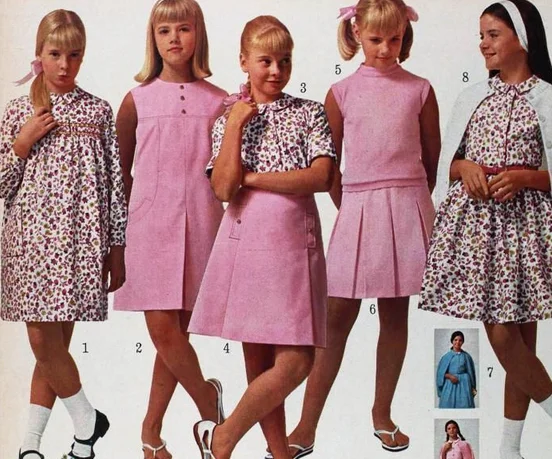
Female students had to kneel on the floor while administrators measured the distance between their hemline and the ground. If your skirt didn’t touch the floor while kneeling, you were sent home to change or given a detention. The “fingertip rule” meant your shorts or skirt had to be longer than your fingertips when your arms hung naturally at your sides.
Boys weren’t exempt from scrutiny either—hair couldn’t touch the collar, ears had to be visible, and facial hair was grounds for suspension. Principals carried pocket combs and weren’t afraid to use them during surprise inspections in the hallway. Today’s students would probably organize a protest before first period even started.
4. Teachers Could Grab Students Without a Second Thought

When you were acting up, Mrs. Johnson could grab your ear and march you to the principal’s office without anyone batting an eye. Teachers routinely put hands on students’ shoulders, guided them by the arm, or even gave encouraging pats on the back. Physical contact between educators and students was seen as natural human interaction, not a lawsuit waiting to happen.
The concept of “inappropriate touching” was reserved for genuinely creepy behavior, not normal disciplinary actions. A teacher separating fighting students or steering a disruptive kid toward the door was just good classroom management. Modern mandatory reporting laws and touching policies would have made half our teachers resign in terror.
5. Pop Quizzes Could Literally Pop Your Grade
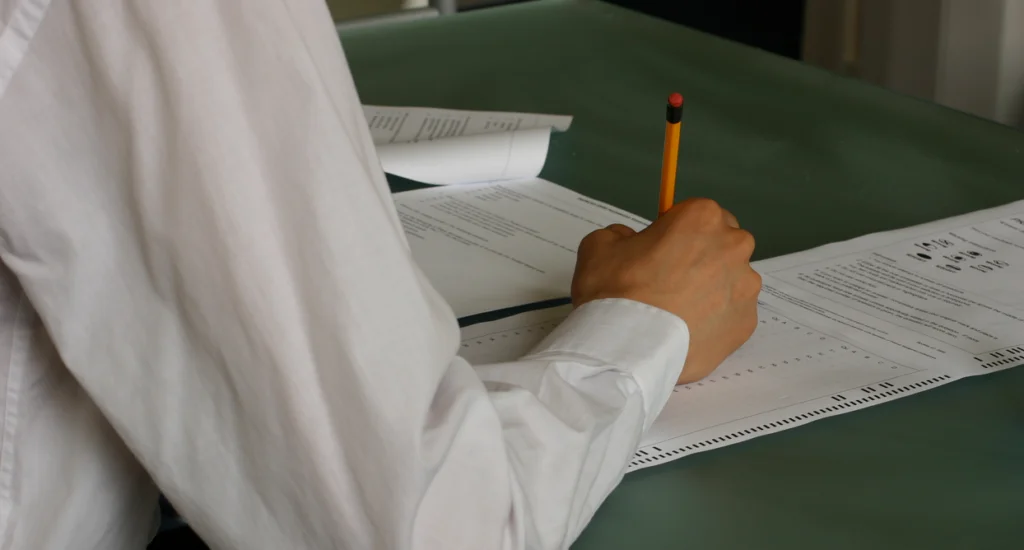
Teachers could give unannounced tests that counted for huge portions of your grade, sometimes making or breaking your entire semester. There were no retakes, no makeup opportunities, and definitely no accommodations for test anxiety. If you weren’t prepared, tough luck—life doesn’t give you advance notice either.
The phrase “paying attention” actually meant something when your grade could tank from one surprise quiz. Students learned to stay alert and keep up with daily lessons because you never knew when knowledge would be tested. Today’s emphasis on fair assessment practices and multiple opportunities would have been seen as coddling back then.
6. Sick Days Required a Doctor’s Note or Your Mom’s Voice

Missing school meant either producing a doctor’s note or having your mother call the office personally to excuse your absence. School secretaries knew every parent’s voice and would interrogate suspicious-sounding callers. Forging notes was a serious offense that could result in suspension, not just a slap on the wrist.
The honor system worked because everyone knew the consequences of getting caught were severe. Students couldn’t just text their parents to call them out, and email excuses didn’t exist. The personal accountability required to maintain good attendance taught responsibility in ways that today’s online portals and automated systems simply can’t match.
7. Zero Privacy in Lockers and Personal Belongings
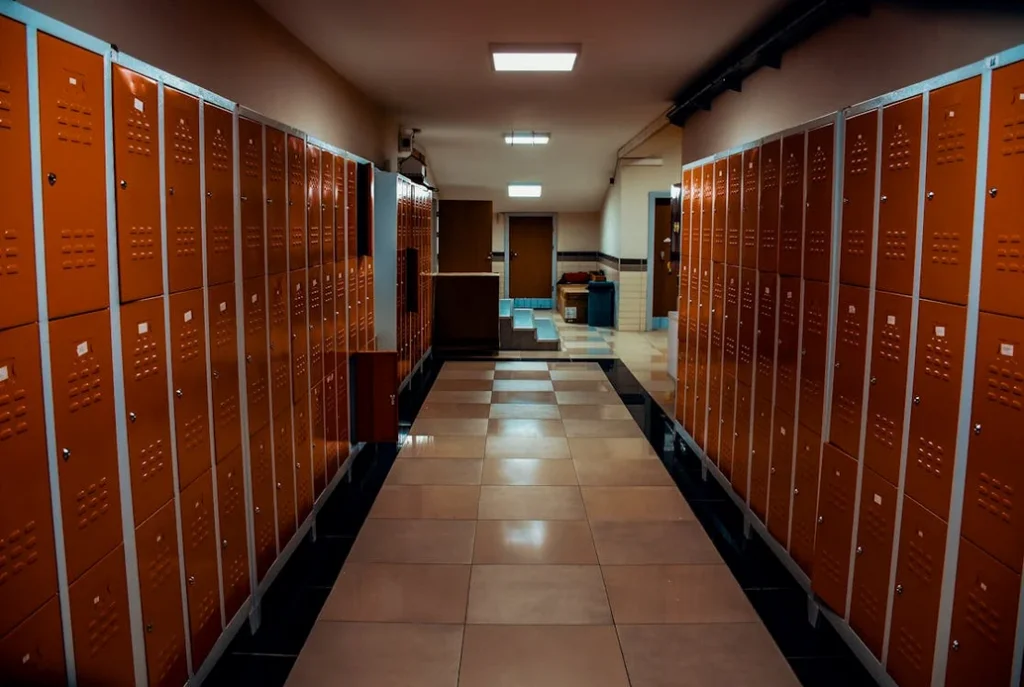
School administrators could search your locker, backpack, or desk without warning, warrant, or parent notification. Privacy rights for minors were practically nonexistent, and schools operated under the assumption that everything on campus was fair game. Random locker searches were conducted openly, often with other students watching.
The Fourth Amendment apparently stopped at the school entrance, and everyone just accepted that as normal. Teachers could confiscate notes, search pockets during suspected cheating, and generally treat students like they had no reasonable expectation of privacy. Today’s legal protections for student privacy would have seemed like radical concepts to our administrators.
8. Dangerous Science Experiments Were the Best Part of Chemistry
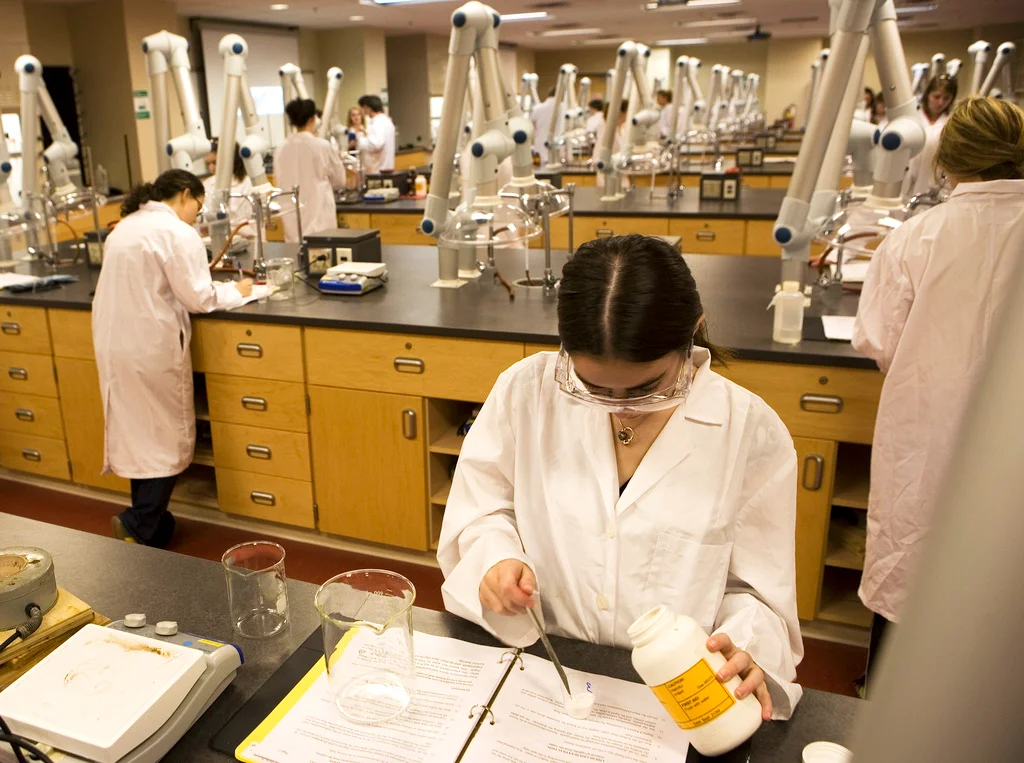
Chemistry students regularly handled mercury, mixed volatile chemicals without safety equipment, and conducted experiments that would shut down modern classrooms. Safety goggles were suggestions, not requirements, and many of us still have small scars from particularly memorable lab sessions. The smell of sulfur and the thrill of minor explosions made science unforgettable.
Teachers demonstrated dangerous reactions up close, often with students gathered in a tight circle around bubbling beakers and open flames. Chemical storage was haphazard by today’s standards, and disposal methods would horrify environmental agencies. The hands-on approach to learning came with genuine risks that somehow made education more exciting.
9. Cafeteria Food Could Actually Kill You (And We Ate It Anyway)

School lunch programs served food that would horrify today’s nutritionists and food safety inspectors in equal measure. Mystery meat that bounced when dropped, vegetables that had been boiled into submission since the Eisenhower administration, and desserts that were basically sugar bombs with a side of artificial coloring. The lunch ladies wielded ice cream scoops like weapons, doling out portions that looked more like science experiments than actual food.
Nobody talked about allergens, organic ingredients, or balanced nutrition—if it filled you up and didn’t immediately poison you, it was good enough. Students with dietary restrictions were told to bring their own lunch or learn to pick around the problematic ingredients. Modern farm-to-table programs and allergen-free kitchens would have seemed like luxury hotel amenities compared to our cafeteria’s approach to feeding growing minds.
10. Playground Equipment Was Basically Injury Waiting to Happen
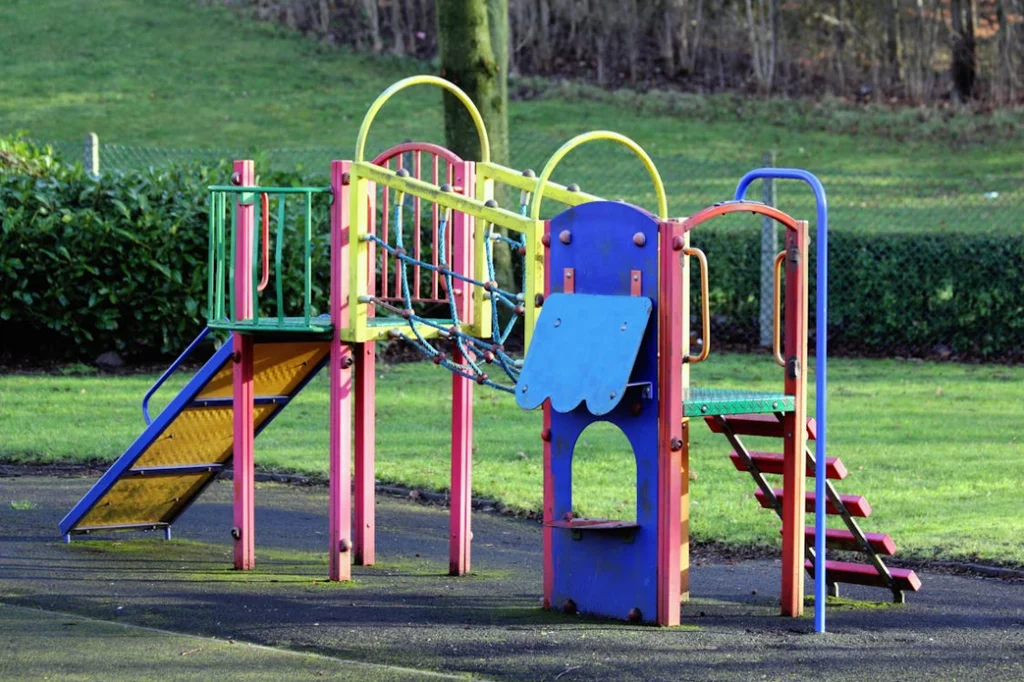
Metal slides that burned your legs in summer heat, monkey bars over concrete, and seesaws that could launch you into orbit were standard playground features. Merry-go-rounds spun fast enough to create small tornadoes, and climbing structures reached heights that would give today’s safety inspectors nightmares. Getting hurt was considered part of learning how to play.
Playground supervision was minimal, and kids were expected to sort out conflicts and accidents on their own. The swing sets had metal chains that pinched fingers, and the jungle gyms were tall enough to teach real consequences for poor decisions. Modern playground safety standards and rubber surfacing would have been seen as unnecessary protection from valuable life lessons.
11. Dating Rules Were Stricter Than Prison Protocols
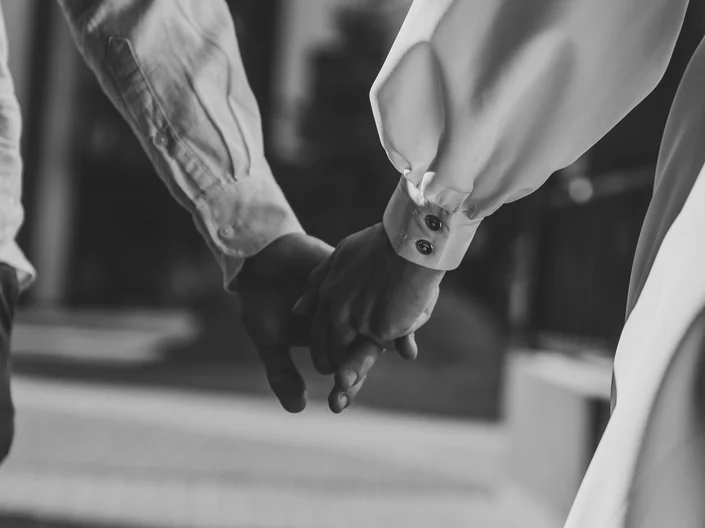
Hand-holding in the hallway could result in detention, and public displays of affection beyond a quick hug were grounds for suspension. School dances were chaperoned like military operations, with teachers armed with rulers to maintain proper distance between dancing couples. The concept of students being romantically involved was treated as scandalous rather than natural.
Couples caught in compromising positions—which could mean anything from kissing to being alone together—faced serious disciplinary action. Parents were called for infractions that today’s teens would consider barely worth mentioning. The moral panic surrounding teenage romance created rules that treated normal adolescent behavior like criminal activity.
12. Field Trip Liability Was Someone Else’s Problem
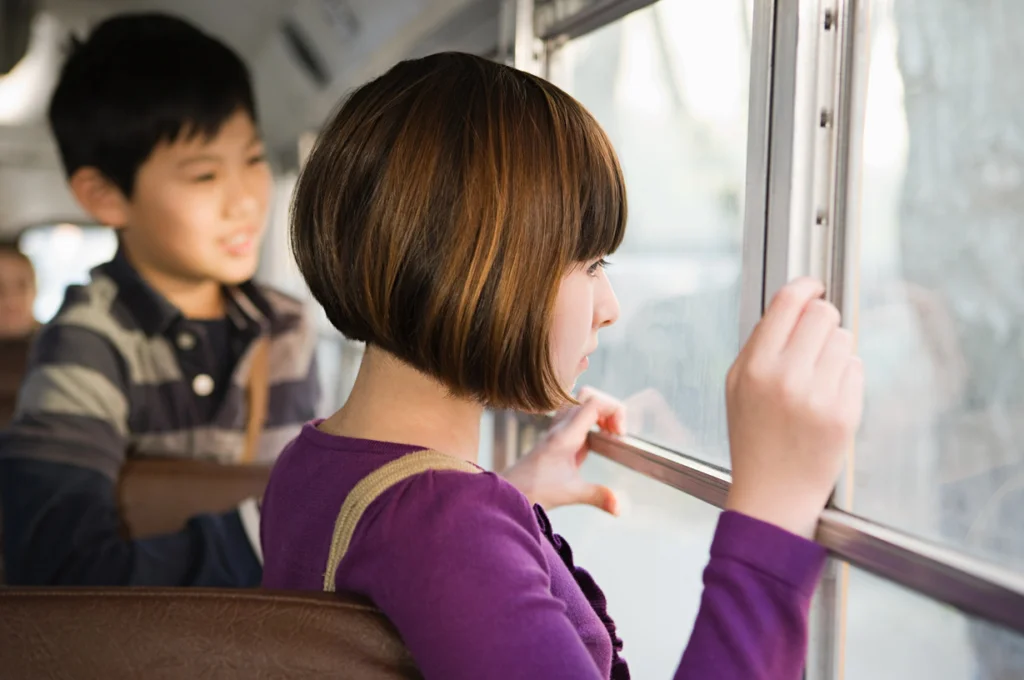
Permission slips were simple affairs that basically signed away all rights to sue if something went wrong. Schools took students on field trips to working farms, factories, and other potentially dangerous locations without the extensive safety protocols required today. The assumption was that parents trusted teachers to use good judgment and accepted that accidents sometimes happen.
Bus rides to destinations were adventures in themselves, with minimal seat belt requirements and drivers who chain-smoked while navigating mountain roads. Field trips included overnight camping, unsupervised exploration time, and activities that would require teams of lawyers to approve today. The educational value of real-world experiences outweighed the perceived risks in everyone’s minds.
Looking back at these rules, it’s amazing any of us survived our education with all our limbs and sanity intact. While some changes in schools have definitely been for the better—especially regarding safety and student rights—there’s something to be said for the straightforward approach of the ’70s. Maybe we learned more than just reading, writing, and arithmetic in those supposedly simpler times; we learned how to navigate a world that didn’t always cushion the fall.
This story School Rules from the ’70s That Wouldn’t Last Five Minutes Today was first published on Takes Me Back.


